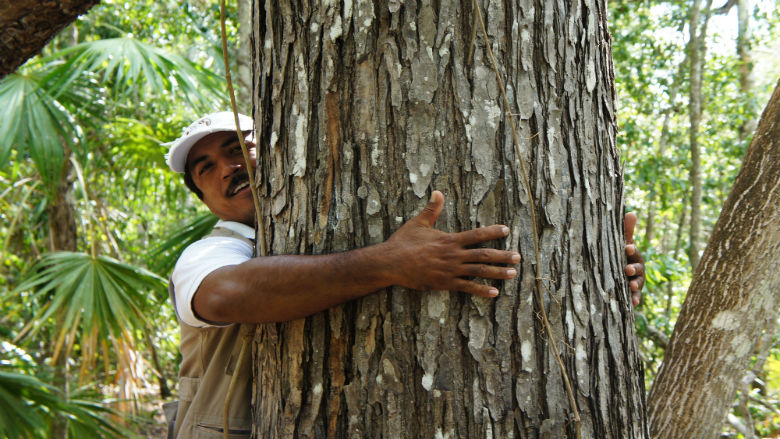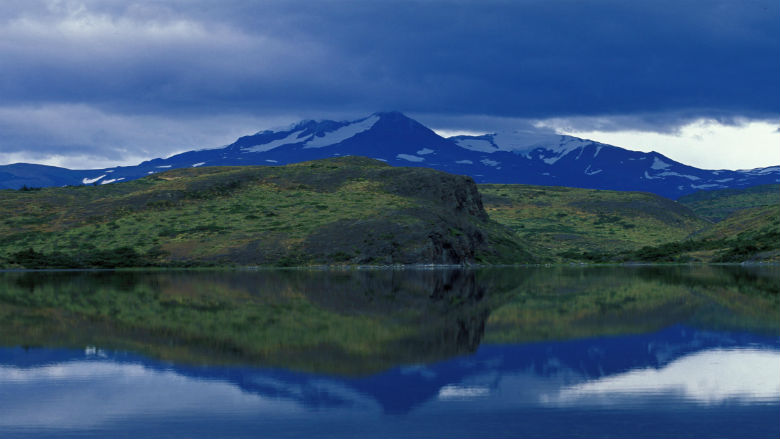Restoring forests. Monitoring the loss of individual trees. Using biological fertilizers. Working with communities. What do all of these have in common?
- Innovative approach helps developed and developing countries find ways to preserve forests and slow the pace and impact of climate change.
- Latin American countries, such as Chile, El Salvador and Mexico, are taking a variety of steps to reduce carbon emissions from deforestation and forest degradation.
They are all part of a menu of solutions that countries in Latin America are adopting to Reduce Emissions from Deforestation and Forest Degradation (REDD+). REDD+ is a global initiative to help create a financial value for the carbon stored in forests; it offers developing countries incentives to reduce emissions from forest land, while developed countries pay for the carbon that is not released into the atmosphere as a result of forest conservation.
Why is this important?
Every year, about 13 million hectares of forest land are cut down and converted to other uses. By some counts, only a quarter of the world’s original old-growth forests remain. But forests are vital, especially for the rural poor whose livelihoods depend on forest ecosystems. Forests provide a renewable source of food, timber and medicine, host pollinators that underpin agriculture, and help to slow soil erosion. A large portion of the world’s freshwater comes from forested areas, which also help capture carbon emissions and keep the world’s temperature from rising to alarming levels.
Concerted efforts, therefore, are essential to not only to preserve standing forests but to support livelihoods, inside and outside of forests.
One size does not fit all in terms of REDD+. Program activities differ in strategy and engage a wide range of actors in agriculture, energy, transport, land, mining, and forestry to directly impact the decisions that compromise forests. Emission reductions programs in Latin America and across the world, are scaling up REDD+ activities from project to landscape level, in ways which will inform future programs and national REDD+ strategies.
A program spanning five regions in Chile is taking an innovative approach doing just this.
In Chile, REDD+ activities aim to monitor forest degradation, which is often caused by the demand for firewood and high-value timber. To accomplish this, Chile is planning to develop new tools and approaches to measure carbon lost through the disappearance of individual trees. This is tougher and more technically challenging than measuring deforested areas that are entirely devoid of trees. With the support of the Forest Carbon Partnership Facility Readiness Fund, Chile is also investing nearly $1 million to strengthen communication with local communities, including ways to avoid degradation caused by fuel wood collection.
Another example in the region is El Salvador.
With only 2 percent of its natural forest remaining, reforesting and making the landscape green again is the focus of REDD+ activities in the country. For countries like El Salvador that are hit hard by mudslides, floods, droughts, hurricanes, extreme temperatures, and rising sea levels, meaningful rewards are possible through community-level REDD+ activities that not only capture carbon but also help communities cope with natural events and restore the degraded landscape.
By rotating crops and terracing and contouring the land, erosion is slowed, soil retains more water and captures more carbon. Planting trees in farm land stabilizes the soil and helps regulate rivers and protect against floods. Using biological fertilizers reduces contamination of rivers and mangroves and reduces carbon in the atmosphere. Not only do these activities in El Salvador’s REDD+ program help mitigate the effects of climate change, but also help support the national commitment to food security and sustainable livelihoods.

Mexico’s approach to REDD+ involves combining complementary financing from different sources and building on decades of positive experience with the community management of natural resources, to support rural communities to sustainably manage their forests, build capacity, and generate additional income from forest products and services (including carbon storage). It is showing the way toward a more programmatic approach to forest financing and innovation and is expected to generate results nationwide.
Climate-smart actions taken today can have a significant impact in the future. With landscape-level programs under development, the international community, national governments, local organizations and the private sector are working together to build an integrated land-use approach that will benefit people and their environment.
